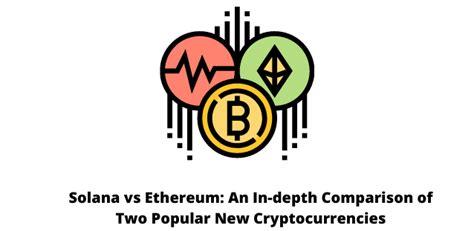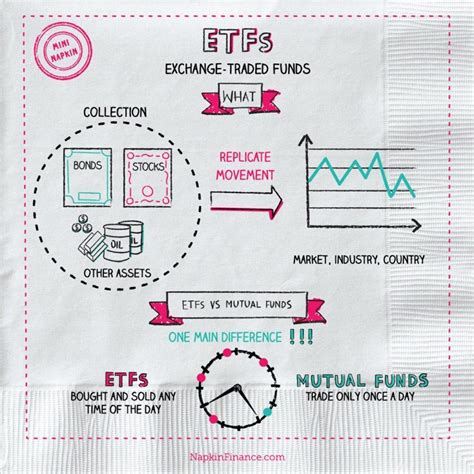The role of stables in mitigating cryptocurrency volatility
In recent years, cryptocurrency markets have experienced unprecedented volatility. The value of cryptocurrencies such as Bitcoin (BTC) and Ethereum (eth) has fluctuated wildly, which has led to significant price changes that can even eliminate even the most substantial investments. While some investors consider these price fluctuations as a natural aspect of the wild trip, others think they are caused by crazy speculation and lack of regulation.
However, there is another factor in the game: Stablecoins. Enter in 2017, Stablecoins are digital currencies related to a traditional currency, such as the US dollar (USD). They intend to offer a more stable deposit than their traditional counterparts, thus reliabing the volatility associated with cryptocurrencies.
What is a stablecoin?
A stablecoin is a digital currency designed to maintain its value in relation to another asset, usually a fiduciary currency. This can be obtained through different methods such as:
- Pegging : Stabilization of the stablecoin price keeping it in a limited margin of the target currency.
- Quantitative equation
: The use of funds from the Central Bank to buy and sell assets in exchange for established, thus injecting liquidity into the market.
- Loans and loans : Allow users to borrow or borrow stablcoins with interest, offering an alternative to traditional loans.
STABLECINS BENEFITS
Stablecoins offers several benefits that can help mitigate cryptocurrency volatility:
- Predigibility : With stables related to a fiduciary currency, investors are less likely to experience significant prices.
- LIMITED OFFER : The total offer of stablcoins is limited, which can help prevent extreme price fluctuations.
- Increased adoption : The stable can attract more users and institutions, reducing the probability of market volatility.
Examples of successful stablcoin platforms
Several Stablecoin platforms and demonstrated the ability to mitigate cryptocurrency volatility:
- USDC (Tether) : A stablcoin backed by US dollars tied to 1: 1 with USD, Tether has become a large Stablecoin scale.
- USD currency (UDC) : The first decentralized stable, UDC is supported by the total value of all US dollars in circulation and transactions in popular exchanges such as Binance.
- DA : DA STABLECIN has been related to the value of you and issued by the Makerdao protocol, DAI has gained popularity among merchants and investors.
Challenges and limitations
While Stablecoins has shown promises to mitigate the volatility of cryptocurrencies, there are still challenges and limitations to consider:
- Regulatory uncertainty : The regulatory environment for Stablecoins is still evolving, which can create uncertainty and undermine its adoption.
- Volatility of traditional currencies : The value of the connected currency (for example, USD) remains volatile, which can affect the stability of the established.
- Scalability problems : Some Stablecoin platforms are struggling with scalability, which makes it difficult to process transactions effectively.
Conclusion
In conclusion, Stablecoins appeared as a viable solution to mitigate cryptocurrency volatility. By providing a more stable value warehouse than traditional currencies, Stablecoins can help reduce price fluctuations and increase adoption. While there are challenges and limitations of their adoption, the benefits of Stablcoins make an attractive option for investors looking for a more stable cryptocurrency market.
As the regulatory environment continues to evolve, it is likely to see an additional innovation on Stablecoin platforms.






